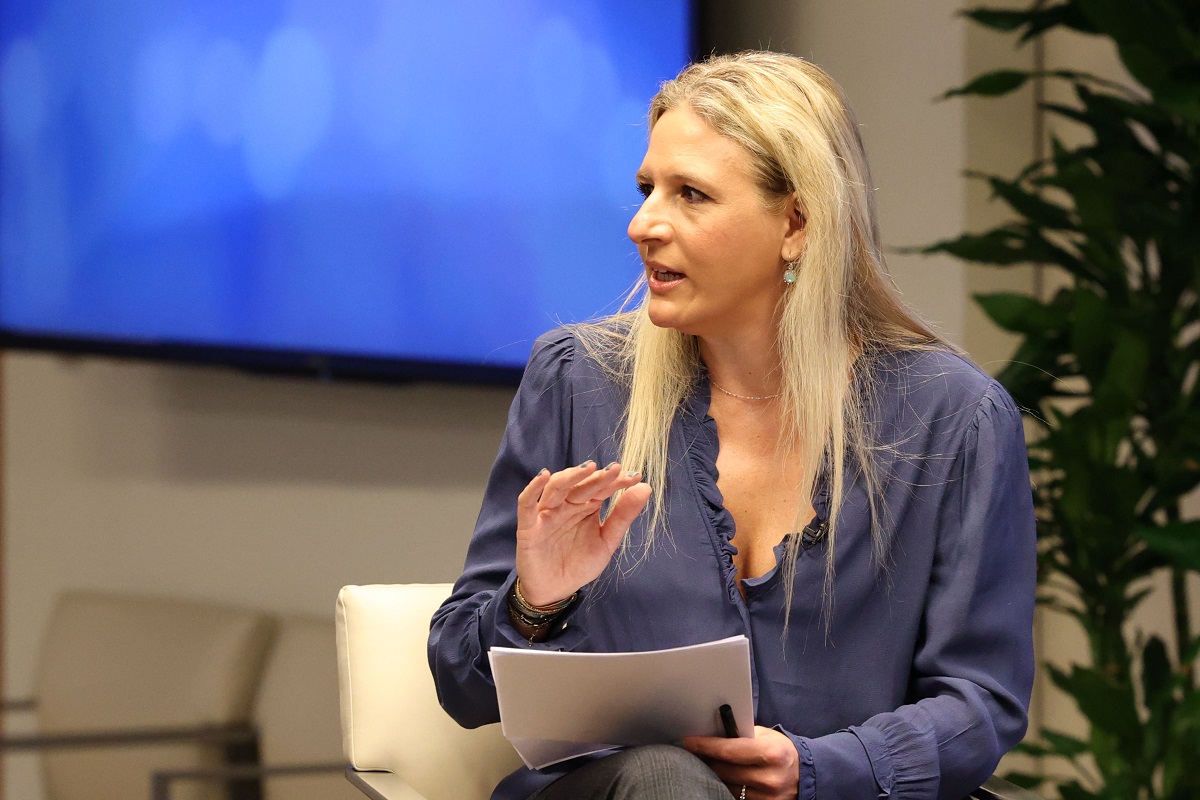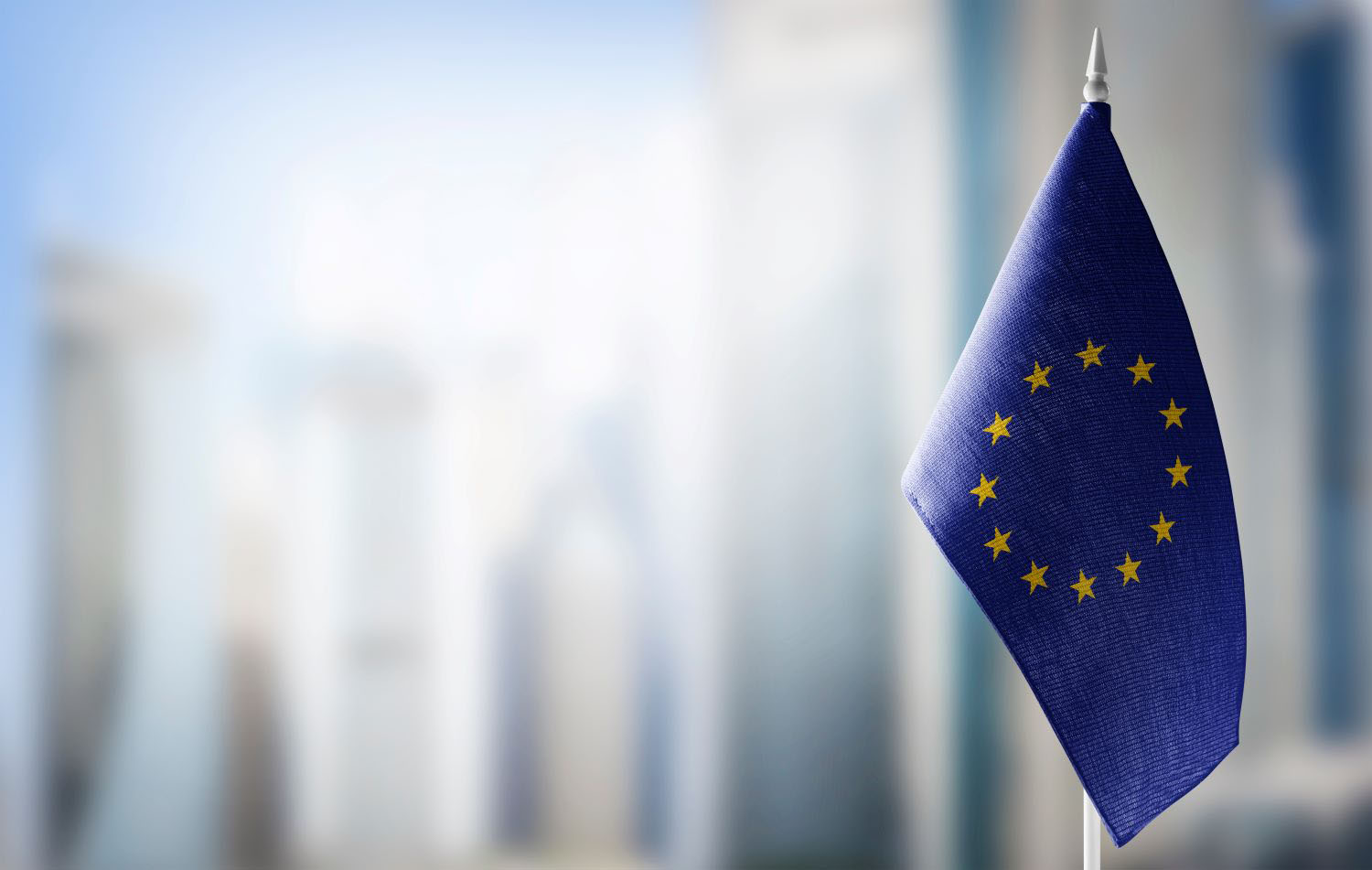“Africa does not need charity, it needs true and fair partnerships. And Europe needs this partnership just as much.” This was the European Commission President’s key message as he unveiled plans for a new “Alliance” between Europe and Africa in his final State of the Union address. The Alliance aims to deepen economic relations between the two continents by boosting private investment and trade. The Commission is billing the proposals as a “radical shift” in the EU’s approach to development cooperation in Africa that will take the relationship “to the next level.” Implicit in the sound bites is the EU’s ambition to rival the growing influence of China, whose vast programme of investment on the continent has left other donors scrambling to catch up. But is the Alliance actually anything new? And does it have the potential to reposition the EU as Africa’s leading development partner?
We think this is mainly old wine in new bottles. What the Commission describes is the next iteration of the EU’s existing initiative to leverage public and private investment in Africa. And while the EU’s ambition to enhance the scale, impact, and coherence of development finance in Africa is commendable, significant challenges remain in getting from rhetoric to reality.
The EU-Africa Alliance: Not new, but still noteworthy
Underneath the grandiose pledges and commitments, there is little new about the planned Alliance. The substantive proposals in the Commission’s Communication simply repackage existing EU policies and instruments. The Alliance’s main vehicle for achieving the promised “substantial increase” in intercontinental investment and trade is the EU’s External Investment Plan (EIP), an initiative announced in 2016 and already underway. The EIP’s objective to “improve investment in Africa . . . in order to promote decent job creation and inclusive and sustainable development, and tackle some of the root causes of migration” is almost identical to the Alliance’s stated aim. Moreover, its three-pillar approach, comprising (i) capital mobilisation via blending and guarantees, (ii) technical assistance, and (iii) policy dialogue, is closely mirrored in the new strategy. Thus, the Alliance merely reaffirms the EU’s ongoing ambition to shift its relationship with Africa away from that of donor-recipient towards an economic partnership.
And rightly so. Hannah Timmis and Owen Barder have previously argued that Europe’s development cooperation in Africa should do more to emulate China’s Belt and Road Initiative (BRI), an immense programme of infrastructure investment in Asia and Africa designed to enhance developing countries’ production, value-chains, and trade. How does the new Europe-Africa Alliance compare?
Europe’s Alliance vs. China’s Belt and Road
In dollar terms, the initiatives are similarly ambitious in scale. The Commission intends the Alliance, via the EIP, to mobilise $52 billion (€44 billion) in investment for Africa and the Neighbourhood between 2017 and 2020. This is on top of the $49 billion (€42 billion) in grants that the EU has already committed to the region for the 2014–2020 budgetary period. The capital will be generated through an initial EU budget contribution of $4.8 billion (€4.1 billion), of which two-thirds will be allocated to blending facilities and one-third to guarantees. Whether the EIP can achieve its prodigious projected leverage ratio of 11:1 remains to be seen. Still, if successful, the plan could bring total European investment and grants in Africa to a level approaching China’s, which has committed $120 billion to the continent since 2015.
Beyond volume, the proposals also aim to increase the effectiveness and coherence of the EU’s development finance in Africa, partly by bringing together all the relevant tools and institutions under a single umbrella. The EIP’s unique three-pillar approach complements blending and guarantees with technical assistance and policy dialogue. In theory, these latter pillars should help African partners to develop pipelines of bankable projects and to enhance the overall business environment, which are necessary conditions for effective, sustainable investment. The Communication on the Alliance promises “a significant increase” in the support available under these pillars from 2018 to 2020. In particular, EU support to “improving the business environment” in Africa (pillar 3) will increase six-fold from €50 million to €300–350 million annually. What precisely the money will be spent on is, however, unclear.
What next?
The Alliance’s main financing vehicle, the EIP, is still very much in its infancy. Since its launch in 2017, only 12 projects, worth approximately €800 million in total, have been approved and none has yet been implemented. There are numerous design inconsistencies and operational challenges that will need to be ironed out. For one, the plan has myriad, ambitious objectives, some of which are contradictory and conflicting. It aims to generate investment that is both high-leverage and high-risk, irrespective of the inherent trade-off between the two. And it is tested by the usual tensions around ‘additionality’ (that the private investment mobilised via blending and guarantees would not have occurred in the absence of EU grants), coordination across the different stakeholders, results measurement, and governance. The Commission has also identified the low visibility of the EIP as an issue, which likely motivated its decision to repackage the plan under the new Alliance.
The Commission has proposed an expansion of the EIP in the 2021–27 budgetary period, including a significant enlargement of the guarantee for external lending. As this investment framework becomes increasingly central to the EU’s vision of a Europe-Africa relationship based on economic partnership, not aid, in a forthcoming policy brief we will explore the EIP’s progress and obstacles to unlocking its full potential.
Disclaimer
CGD blog posts reflect the views of the authors, drawing on prior research and experience in their areas of expertise. CGD is a nonpartisan, independent organization and does not take institutional positions.
Image credit for social media/web: image taken from a video from the European Commission





